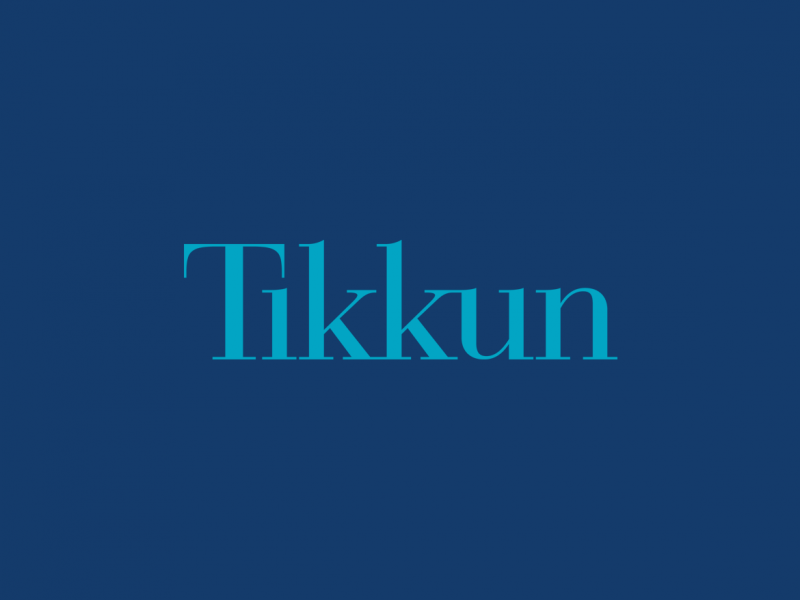From here, the farthest highway
slammed with cars
arrives to the eye in segments
slicing through the baffling clouds,
shiny as the bite of a memory
of being yelled at, a call to the kitchen
for a late-night admonition,
while the dirty river to the harbor
dries like mustard upon the evening meat. The worser I feel, the childer I am.
2015
Poems for the High Holiday Season
|
The Days Between
Marcia Falk
Brandeis University Press, 2014
Marcia Falk’s collection of blessings, poems, and “directions of the heart” for the Jewish High Holiday season is another gem by this inspired poet, whose Book of Blessings was an inspiration to a generation of feminists and their allies. With matching pages of Hebrew and English, Falk has captured some of the rich wisdom of Jewish spirituality that permeates the High Holiday prayer book (machzor), translating it into a language accessible even to resolute atheists.
2015
What Makes a Poem Jewish?
|
The Bloomsbury Anthology of Contemporary Jewish American Poetry edited by Deborah Ager and M.E. Silverman. Review by David Danoff.
2015
Demitasse
|
You evaded the fire-storm, reaching the shore / Of the New World long before, so nothing / To speak of has shaken you more than the rage / In my father’s voice or my brother’s infant fist / Shattering a pane of the china closet, leaving you / Unharmed (the shards swept away, the glass / Replaced in a day).
2014
On Violence, Joy, and Justice: The Poetry of C.K. Williams
|
All at Once
Farrar, Straus, and Giroux, 2014
by C.K. Williams
Writers Writing Dying
Farrar, Straus, and Giroux, 2012
by C.K. Williams
On Whitman
Princeton University Press, 2010
by C.K. Williams
In his preface to On Whitman, C. K. Williams says only Shakespeare compares with Walt Whitman in providing him an “inexhaustible” source of inspiration. Yet “with both, but particularly with Whitman, I need a respite, surcease, so as not to be overwhelmed, obliterated. This is more raw than Harold Bloom’s ‘anxiety of influence,’ more primitive.”
On the dust jacket for the Whitman monograph, Michael Robertson calls Williams “one of our most Whitmanesque poets.” The idea of Williams as a Whitman for our time is not wrong, but it is incomplete and potentially misleading. Yes, Williams arrived in his third collection of poems at a long, sinuous free-verse line that reminds one, at first glance, of Whitman. Yes, one finds in Williams great sympathy for the suffering of others and a willingness to open poetry to a wide range of human experience, including parts of it many of us would rather not see.
Articles
Dream-Wizardry: A Collaboration Between Rodger Kamenetz and Michael Hafftka
|
Jacob and Joseph begat Freud who begat Jung, who begat the poet Rodger Kamenetz and the visual artist Michael Hafftka. Their collaborative wizardry, published in the book To Die Next To You, is stunning. The poems and drawings (always paired) create vivid, waking dreams on psychological and spiritual subjects—dreams that are as resistant and open to interpretation as Pharaoh’s.
Articles
The Sand Dancers
|
“In a faded photo, they dance on shore, / two kids we were, scuffing up bursts of sand; / hands rise and fall in a rapid step-slide-spin.” – a poem by Grace Schulman
2014
Joe Louis’s Fist
|
“My father said when Louis won, the radio static was a wave / of sound that stayed all night like the riots blocks away in Harlem, / as the scent of lilac and gin wafted down Broadway to his window.” A poem by Peter Balakian.
2014
The Legend of How the Tao Te Ching Came Into Being on Laotse’s Journey Into Exile
|
“When he was seventy and fragile, / the Teacher felt compelled to seek repose, / for the Good within the land was on the wane, / and Evil gaining strength again. / So he drew on his shoe.” Jon Swan’s translation of a poem by Bertolt Brecht.
2014
Joyful Poems of Leave-Taking and Transience
|
Without a Claim is a book of leave-taking and transience, filled with poems about loss and decline, poems that look at the world intently but refuse to cling or assert dominion.
Books
The Muscular Song
|
Many of Piazza’s poems insightfully—powerfully—explore this idea, illustrating the ways in which fear and love are not abstract emotional states but transformative processes of physical and psychological becoming.
2014
Winter Commute
|
Dear friend, asleep / upright in a seat / when I boarded the train / goat-stepping over / your legs outstretched / why didn’t I wake you / but instead watched / you sleep. A poem by Joshua Weiner.

